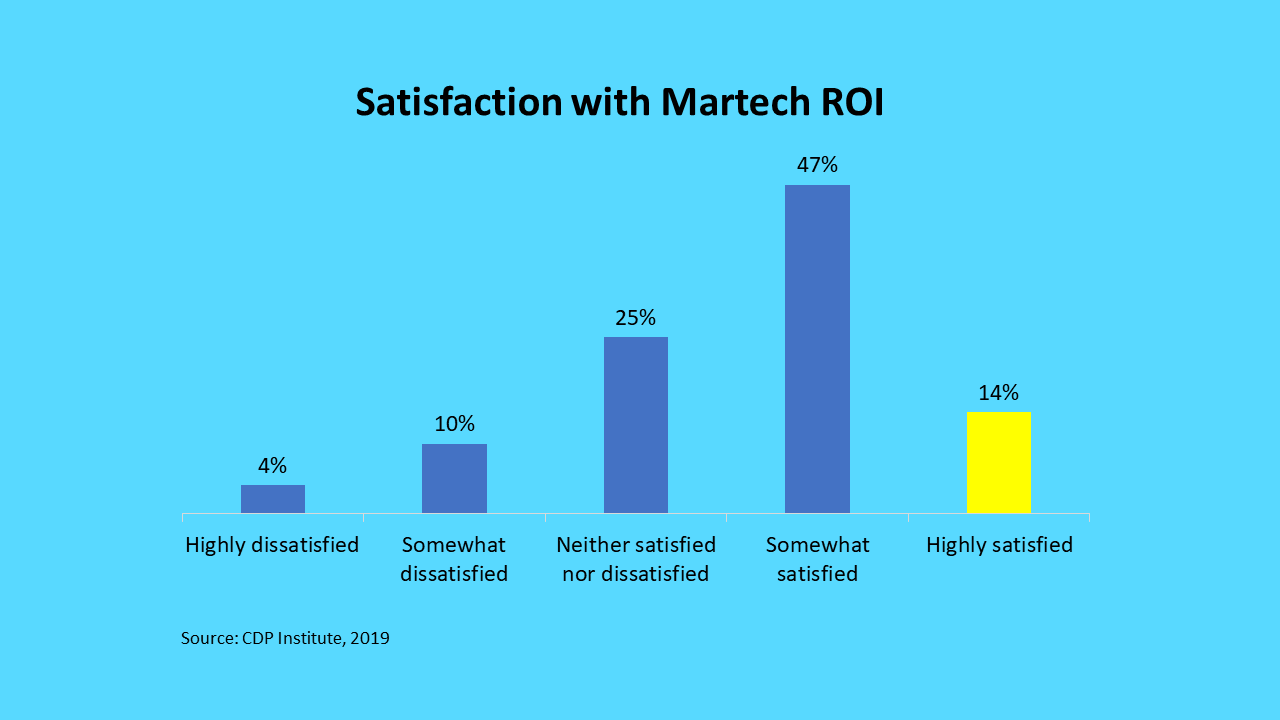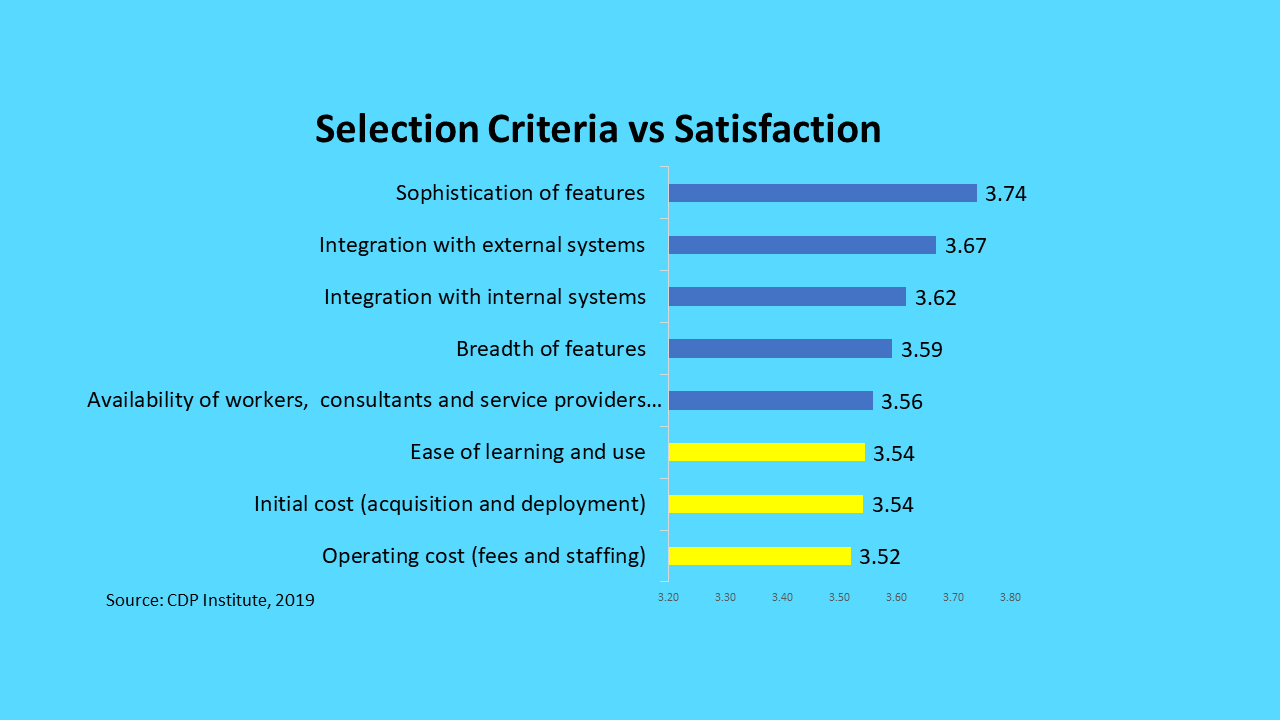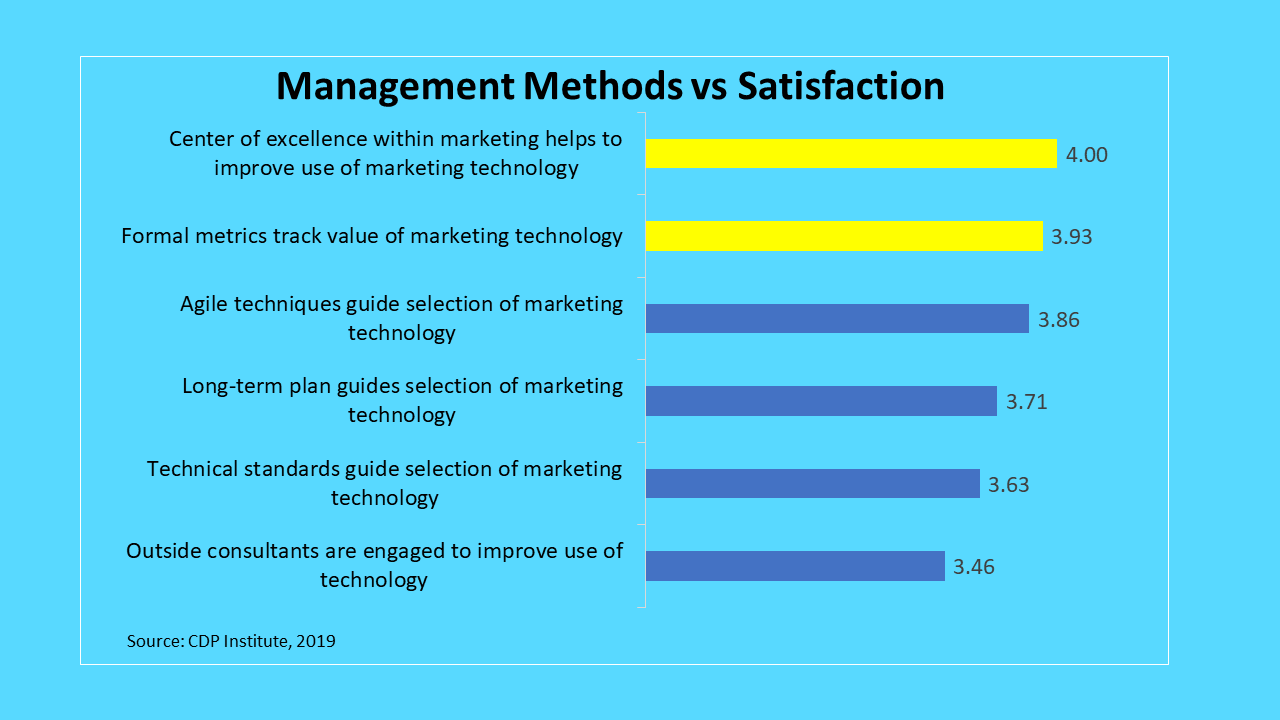David Raab needs no introduction. The marketing technology consultant was recently in Dubai to speak at Middle East’s first and largest marketing technology summit – Vibe Marketers Fest 2019.
Raab, known for his extensive knowledge on marketing technology, coined the word Customer Data Platform in 2013. He spoke about the mistakes marketers make when choosing the technology for their team, sharing best practices one needs to follow while investing in MarTech.
“How many marketers got into marketing because they wanted to buy marketing technology? How many marketers were trained in buying marketing technology during their student-phase?” asked Raab, as began his keynote address at VMF 2019, adding, “When you take people who really aren’t interested in doing something, and aren’t trained in doing that either, they tend to make mistakes. So it’s not terribly surprising that marketers aren’t really satisfied with their investment in technology.”

“As a marketer myself, I have realised that marketers are really bad at selecting technology, and I’m not talking about strategy or planning, but just selecting the right technology for their process. The wrong thing to do would be finding a technology that’s cheapest, or easiest to work with, because that’s how we end up being less satisfied with our technology,” adds Raab.

According to Raab, marketers must remember that these tools they choose to invest in, will help generate revenue. “Marketers who are satisfied with their tools tend to focus on the features and integration, and not on the cost. Because if the tool does not work for your team, or does not fit in your stack, then it does not matter if you got it cheaper,” explains Raab.
He lists some of the common mistakes marketers make while selecting the tools for their MarTech stack.
- Missing requirements
- Look only at ‘Leaders’
- Jump to conclusions
- Limited Research
- Informal process
- Isolated Decisions
- Tactical buying
- Chasing the bright and shiny
In his address, Raab listed eight steps or methods one must follow to ensure complete satisfaction with the investment in marketing technology.
Also Read: CDP or DMP, Who Rules Customer Data Management?
Best Practices to Select Marketing Technology
-
Define Needs Based on Goals
Ask yourself the following questions:
- What do I want to do?, in terms of what’s my strategy, what are my resources, what programs am I running, and what will the use cases.
- What is stopping me from doing it? Answer questions about your needs and the gaps in your stack that are stopping you to fulfilling those needs.
- What system is the best solution for me? Your best choice depends on the tool that can answer all your questions, and just because it worked for someone else, does not mean it would work for you.
Here are some of the Selection Criteria to Consider when Investing in MarTech
- Published reviews:
- Screening calls
- Scenarios or Use cases
- Request for proposal
- Check references
- Proof of concept
- Evaluation matrix
“The most important criterion of these is the scenarios. Define the things that you need to see the system perform, make the vendor show it to you. It does not matter how cheap it is, or how pretty the interface, or how many clients have bought it from the vendor. Look for what you need it to do, and make sure the vendor explains that part to you,” shares Raab.
-
Going Beyond Selection
Once you’ve selected the solution you want for your organisation, the actual work begins. Marketers now have to ensure utilisation of the newly acquired technology. Study says that marketers who have optimally used their technology tend to be more satisfied with it than those who simply manage that technology in their stack.
-
Ensure Effective Utilisation
“We asked people what they do to feel more satisfied with their software, and most replied that they have a center for excellence in their organisation that teaches people to use the system. They also use a form of metric to track the utilisation and value of the marketing technology they have invested in; because it’s not enough to buy it,” adds Raab.

Raab informs that the one exception to this selection criteria is ‘hiring outside consultants’, “The organisations who didn’t hire outside consultants were happier than those who did. What this tells us is that we really need to train our team members to use the system, instead of investing in bringing in an external expert to use the system, adding to our costs.”
-
Check Source and Delivery Systems
Marketers must make sure that the systems providing the data and the systems using that data are compatible with one another. Raab warns, “You don’t want to wake up the next day and discover that the two systems aren’t working well with each other.”
-
Consider Investing in a CDP
Our study also found that people who invested in a Customer Data Platform were happier than those who did not invest in that platform. It’s not that CDP is some magical wand that will take care of all your data problems, it’s just that buying a CDP is a sign of whether a company is well organised to use the data they have in an effective way.
Also Read: CDP Alone Won’t Solve Your Data Problems
-
Address Your Organisational Issues
Lots of different surveys have shown that it’s not about technology, but organisations mainly run into issues such as personnel, training, budget, skills, organisational alignment and cooperation, etc. that they have to face. As marketers you cannot ignore these issues because if you don’t address them, then it won’t matter if you have the best and the coolest technology at your disposal.
-
Deploy Incrementally
Use your technology slowly. For example, the first use of the CDP is to just have a look at all the data you currently have in your system and bring it all together in the same place. After that address the predictive modelling, the message selection, and other things. You have to go one step at a time, increase the level of complication in the tasks. Don’t begin with the most complicated tasks, take things slow at first.
-
Measure Against Long-term Metrics
Studies have also shown the marketers who focus on long-term metrics such as customer loyalty and increase in customer lifetime value have a higher ROI than marketers who have used short-term metrics such as reduction in bounce rates or increase conversion rates.
Also Read: Automation or Humanisation, What Works?
Is MarTech Investment Worth the Effort?
In the architecture versus satisfaction battle, organisations who have invested in all-in-one solution provider are highly satisfied with their investment, and so are the ones that got all their different tools connected to a unified customer database and orchestration engine. Those weren’t happy were the ones who did not connect their systems to a unified customer database or had too many disconnected systems.
“Remember this,” says Raab, “It is easy to buy MarTech, but it is difficult to buy the correct one that fits your needs. Marketers don’t get into marketing to buy technology, but they will only succeed as marketers if they buy technology well”.









